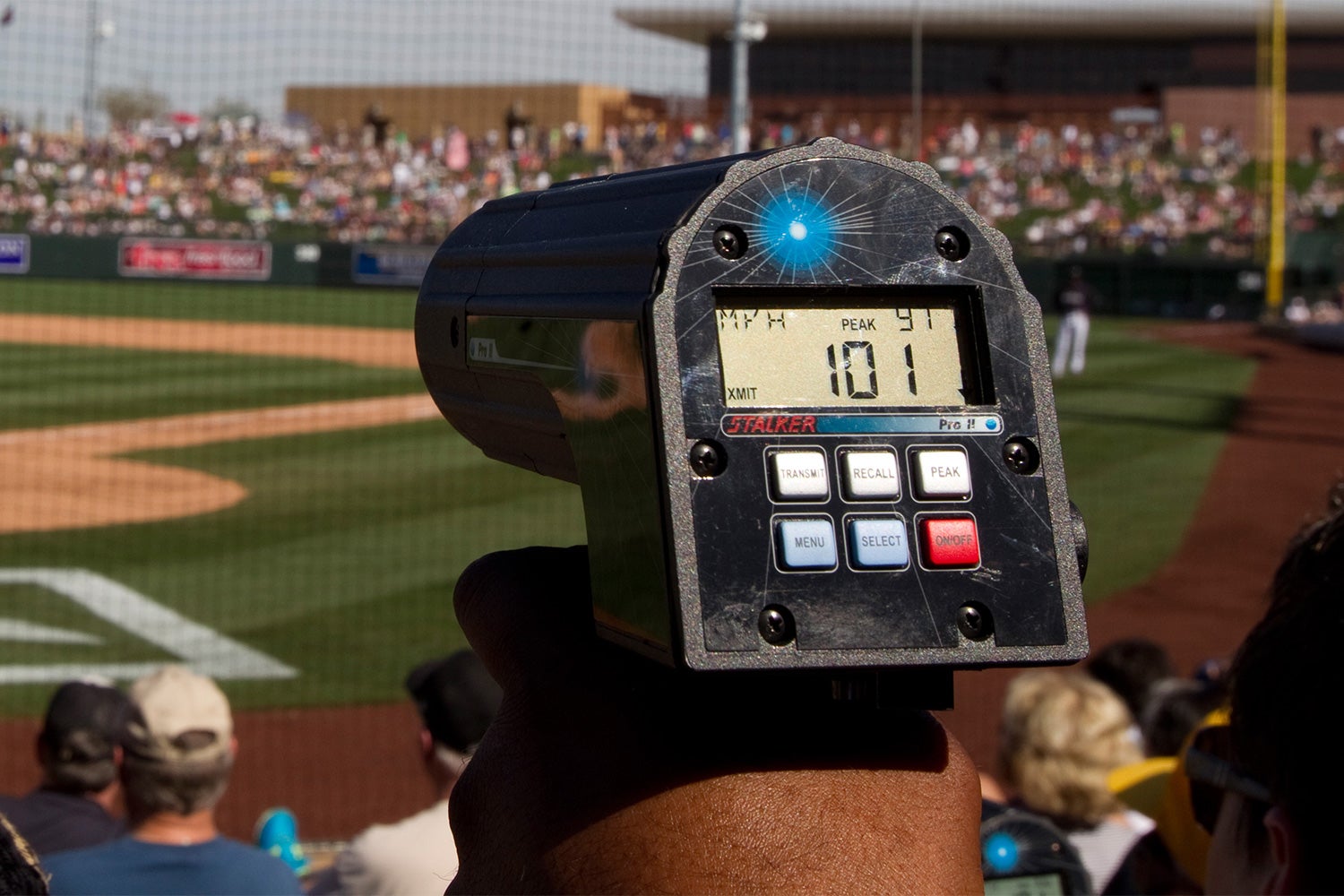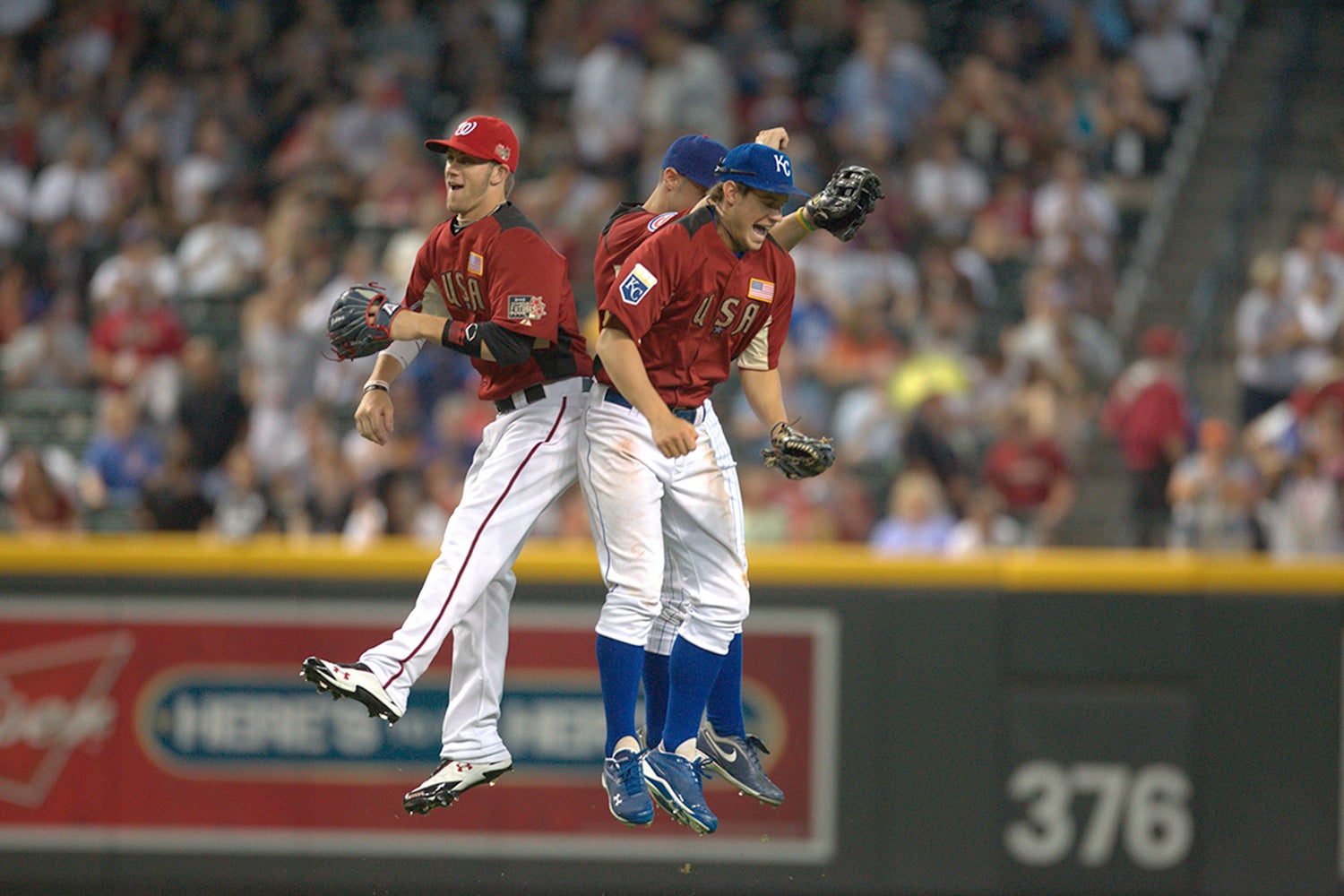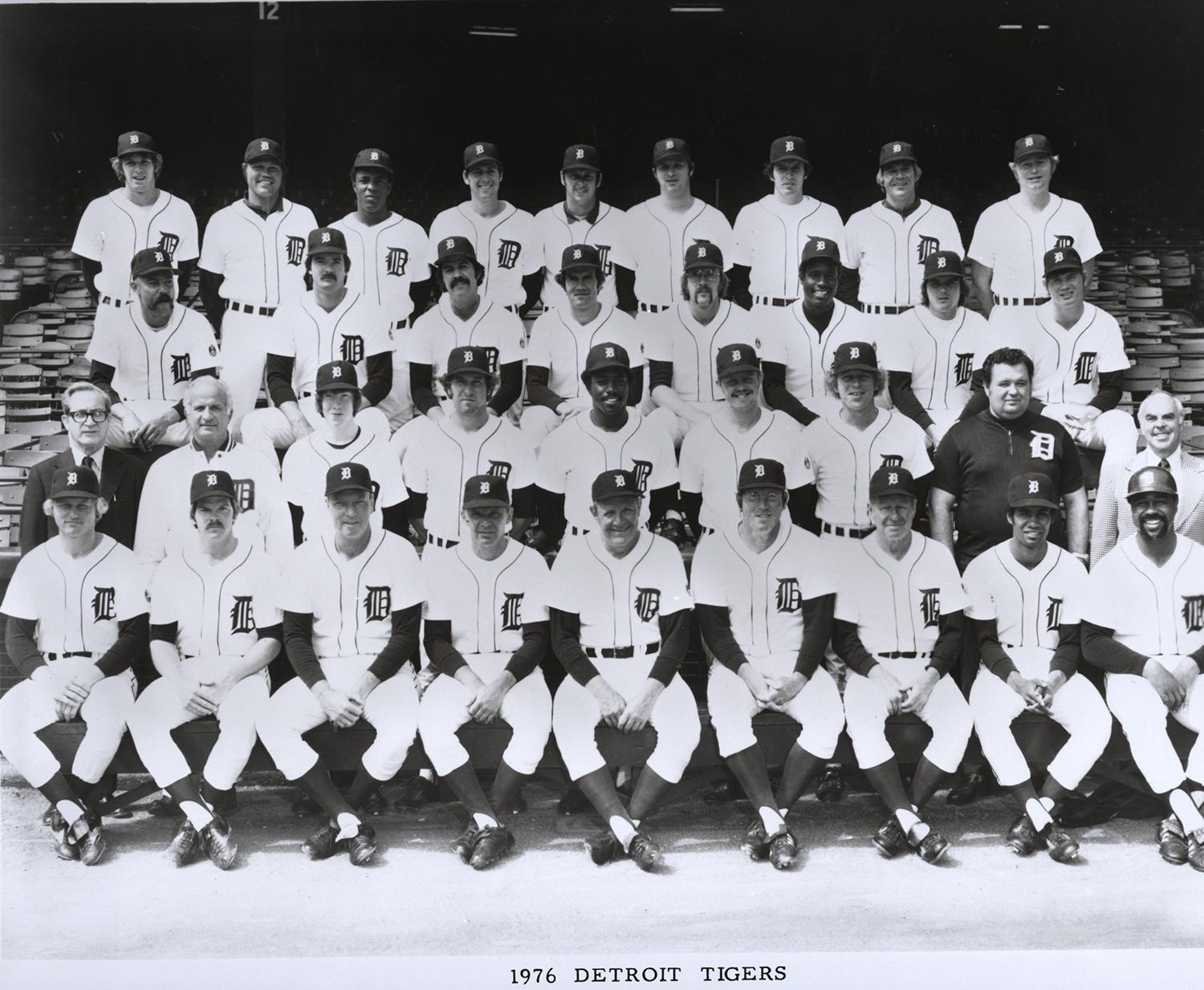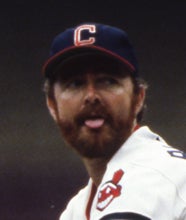- Home
- Our Stories
- Trammell, Morris part of Tigers’ historic 1976 draft
Trammell, Morris part of Tigers’ historic 1976 draft
This is the time of year when promising high school and collegiate baseball stars learn, via the amateur draft, their pro baseball destination. Forty-two years ago, the Detroit Tigers selected a draft class for the ages – a special group that included three future Hall of Famers.
The 2018 MLB Draft, comprised of 40 rounds, will begin on Monday, June 4 and span three days. The Tigers, for the second time in franchise history, will make the first overall selection. Previously, Detroit picked pitcher Matt Anderson first overall in 1997.
Back in 1976, the Tigers, coming off a 57-102 campaign, were picking second. The consensus top overall choice that year was Arizona State junior Floyd Bannister, who was selected first overall by the Astros in the June draft. The hard-throwing southpaw hurler, who went 37-5 in his three varsity seasons, was coming off an 18-1 season with a 1.35 ERA, completing 15 of 20 starts while whiffing 195 batters in 167 innings. Bannister would go on to win 134 games in a 15-year big league career spent with six different teams.
The Tigers’ selection in the first round was left-handed pitcher Pat Underwood from Kokomo (Ind.) High School and brother of big league pitcher Tom Underwood.
Hall of Fame Membership
There is no simpler, and more essential, way to demonstrate your support than to sign on as a Museum Member.
“He’s bigger than his brother and throws harder,” said Tigers Director of Player Development Bill Lajoie to the Detroit Free Press after the draft. “We think he can reach the major leagues in two years, just as his brother did.”
Underwood would go on to compile a 13-18 record in four Tigers seasons. But Detroit’s second round pick, and 26th overall, was high school shortstop Alan Trammell, who would go on to a stellar big league career, playing all 20 of his major league seasons with the Tigers. The six-time All-Star, four-time Gold Glove Award winner and 1984 World Series MVP was elected to the Hall of Fame this past December via the Modern Baseball Era Committee.
In the Detroit Free Press’ draft story, it was written of Trammell that he “is rated a fierce competitor and according to scouts, ‘has good running speed, a good arm, great hands and fine instincts – all the tools to become a major league regular at shortstop.’”
A hoop and diamond star at Kearny High School in San Diego, Trammell’s baseball stock rose as the draft approached. According to a profile in a September 1983 issue of Sports Illustrated, “’Maybe it was because I was coming off of basketball," says Trammell. "I do remember I was awfully hot at that time." Both Tiger scouts, Dick Wiencek and Rick Ferrell, liked him a lot, although Ferrell added this caveat: "He could be first-draft choice but down the line. Will develop into a fine def. SS—Ray Oyler type."
Ray Oyler, who played four years with the Tigers, had a lifetime batting average of .175.
In a recent telephone interview with Trammell, he looked back on the days leading up to and including the 1976 MLB Draft.
“What I remember is that there were no publications back in those days with prognostications about where you were going to get drafted. I had scouts coming around and I talked to my high school coach, but I had no clue, none, about where I was going to go. I had no inclination that I was going to be drafted that high,” Trammell recalled. “I had signed a letter of intent to go to college at UCLA, and I had my mind set on that. I know that’s what my parents wanted, like all parents want their kids to go to school and mature. But my dream had always been to play professional baseball. So when the Tigers drafted me in the second round, that pretty much was a moment where I thought, ‘Wow, they must really like me.’
“I was able to convince my parents that that was really what I wanted to do and they let me. It worked for me, but I know it’s a tough route for a high school kid – it’s your job now seven days a week and you’re thrown into the fire, there’s no mom and dad to help you or cook meals. It’s a rude awakening coming from San Diego to Bristol, Va. – I had never been past L.A.”
The 1976 MLB June Draft, a three-day affair that began on June 8, would see 786 players selected. The Tigers' draft that year, considered by many the best ever, included 29 players, seven of whom the team signed that were future big leaguers: Underwood (1st round), Trammell (2nd), pitcher Dan Petry (4th), pitcher Jack Morris (5th), third baseman Glenn Gulliver (8th), pitcher Roger Weaver (16th) and pitcher Kip Young (23rd).
Amazingly, Hall of Famer Ozzie Smith, Class of 2002, was chosen in the seventh round by Detroit, but instead of signing returned to school at Cal Poly-San Luis Obispo.
“I hadn’t been taken in the baseball draft coming out of high school, but the Tigers took me my junior year,” Smith explained to The New York Times in 1982. “If they had offered me a $10,000 bonus, I would’ve taken it. But they didn’t. When the Padres drafted me the next year, I signed.”
Morris, the other future Hall of Famer selected by the Tigers in June 1976, had stops in Minnesota, Toronto and Cleveland after a 14-year stint with the Tigers, was the author of 254 big league victories. A five-time All-Star, he was a member of four World Series-winning teams, and while a member of the Twins he tossed a memorable 10-inning shutout triumph against the Braves in the seventh and deciding game of the 1991 Fall Classic. He was elected to the Hall of Fame this past December, along with Trammell, via the Modern Baseball Era.
Morris, then playing for Brigham Young University, was discovered by a Tigers scout on his way to see Bannister pitch. As a junior in 1976, he was 4-6 with a 4.72 ERA in 12 starts, striking out 48 and walking only five in 82 innings.
Petry, along with Morris a mainstay of the Tigers’ starting staff in the 1980s, would spend 11 of his 13 big league seasons with Detroit, winning 119 games while calling Tiger Stadium home.
In Tigers' scout Rick Ferrell's evaluation of Alan Trammell, he compared the future Hall of Famer to Ray Oyler (pictured above), who recorded a .963 fielding percentage in his six seasons with Detroit. (National Baseball Hall of Fame and Museum)
Share this image:
Jack Morris was selected by the Detroit Tigers in 5th round of the 1976 MLB Draft. The Tigers also selected Morris’ fellow future Hall of Famer Alan Trammell in that draft. (Rich Pilling/National Baseball Hall of Fame and Museum)
Share this image:
Trammell, Morris and Petry were signed by Wiencek, a scout based in California. When he retired in 2003 after 56 years in professional baseball, he had signed 72 players, the most in history at the time according to the Professional Baseball Scouts Foundation.
“I consider myself a professional guesser,” Wiencek said. “And I’m proud to say I’ve guessed right more often than I’ve guessed wrong. That’s about the best any scout can do. If he doesn’t, he’s fired.”
Besides the Tigers, Wiencek also worked for the Senators, Angels, A’s, Twins and Royals. One of the game’s great talent evaluators, his list of players signed also included Bert Blyleven, Mark McGwire, Jim Kaat, Graig Nettles, Steve Kemp and Jason Thompson.
“He was a great man,” Trammell told MLB.com, after Wiencek’s 2011 death. “I owe a lot to him and I give him a lot of credit because of his knowledge and expertise of going a little bit deeper and finding things. He took a chance on some guys and it worked out for him and me.”
In 1976, the Tigers were a member of the Major League Scouting Bureau, which had a staff throughout the United States to do the scouting work for participating clubs. The Tigers also had eight fulltime scouts, including Wiencek, to evaluate the Scouting Bureau’s recommendations.
“That 1976 draft we had Jack, myself, Dan Petry, and our seventh round pick was Ozzie Smith. That’s a pretty good draft,” said Trammell in a recent interview. “Our front office did a nice job there for a few years drafting players that ended up being the nucleus of our 1984 World Series team. It was kind of cool to see how many of us were able to get drafted and to move up through the system to make it to the major leagues and to be major contributors.”
Bill Francis is a Library Associate at the National Baseball Hall of Fame and Museum
Related Stories

Caught in the Draft

Robin Yount and Dave Winfield were picked No. 3 and No. 4 overall in the MLB Draft

Draft Records in Cooperstown

High and Low Draft Roads Lead to Cooperstown

Caught in the Draft

Robin Yount and Dave Winfield were picked No. 3 and No. 4 overall in the MLB Draft

Draft Records in Cooperstown






